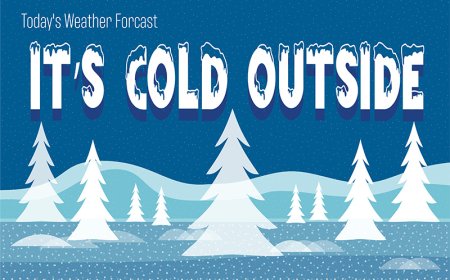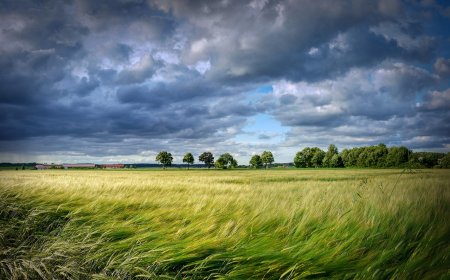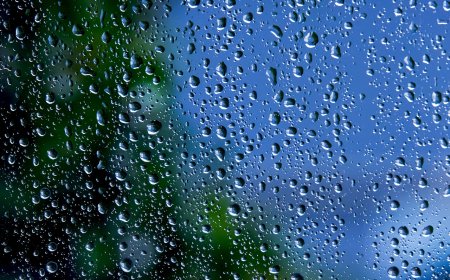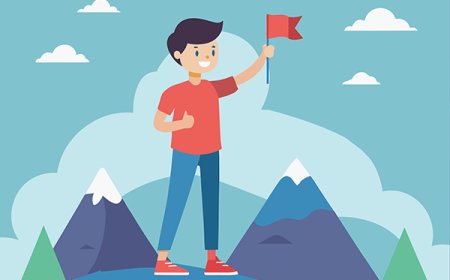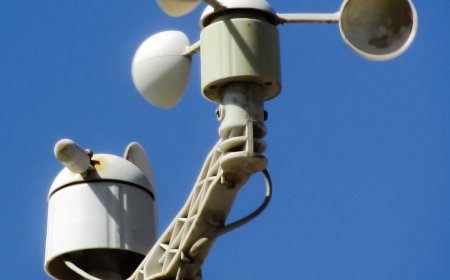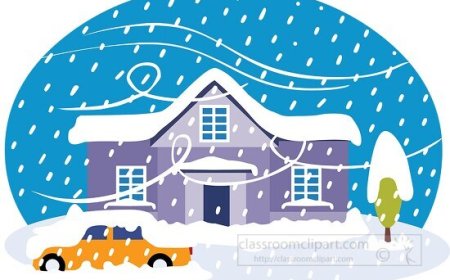Water Cycle Facts for Kids – Nature’s Endless Water Journey
Explore the water cycle for kids. Learn how water travels in a never-ending cycle—evaporating from oceans, forming clouds, and falling as rain or snow to shape life on Earth.
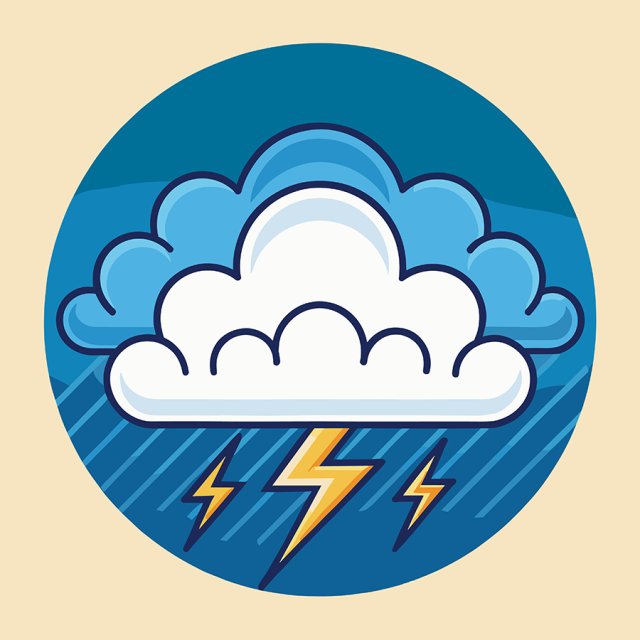
🧭 Introduction
Have you ever wondered where rain comes from, or why puddles dry up after a sunny day? These events are all part of the water cycle, Earth's natural system for moving and reusing water. The water cycle keeps lakes, rivers, and oceans full-and it plays a huge role in weather. In this article, you'll learn how water travels through evaporation, condensation, precipitation, and collection, and how this cycle keeps our planet hydrated and balanced.
💧 What Is the Water Cycle?
The water cycle is the continuous movement of water on, above, and below the surface of the Earth. Water moves through the air, land, and oceans, changing forms as it goes.
This cycle happens over and over, powered by the sun and gravity. It doesn't start or stop-it just keeps going, every day and night, everywhere on Earth.
🔁 The Four Main Stages of the Water Cycle
1. Evaporation
-
The sun heats up water from oceans, lakes, rivers, and puddles.
-
The water changes from liquid to gas (called water vapor) and rises into the air.
2. Condensation
-
As water vapor rises, it cools down in the atmosphere.
-
It changes from a gas back into tiny liquid droplets, forming clouds.
3. Precipitation
-
When cloud droplets get too heavy, they fall back to Earth as rain, snow, sleet, or hail.
-
This step puts water back on the ground or in bodies of water.
4. Collection (or Accumulation)
-
The water collects in oceans, lakes, rivers, and soil.
-
Some of it soaks into the ground and becomes part of groundwater.
-
It will eventually evaporate again, repeating the cycle.
☀️ What Powers the Water Cycle?
The sun is the main engine of the water cycle. Its heat causes evaporation and warms the air to help clouds rise.
Gravity helps move water downward:
-
It pulls rain and snow to the ground (precipitation).
-
It moves water downhill into rivers and oceans.
-
It keeps water flowing in streams and underground.
🌦️ How the Water Cycle Affects Weather
The water cycle is closely connected to weather. When more water evaporates and condenses, it can lead to:
-
Clouds forming
-
Rain or snowstorms
-
Humidity changes
-
Weather patterns like droughts or floods
Understanding the water cycle helps scientists predict the weather and understand climate changes over time.
🌍 Water Is Always Recycled
The water cycle means that the water you drink today might have been:
-
Part of an ancient ocean
-
Rain that fell in a rainforest
-
Snow on a mountain top
Water is recycled constantly, so we're using the same water dinosaurs drank millions of years ago!
📚 Vocabulary Words
| Word | Definition |
|---|---|
| Evaporation | The process where water turns into vapor and rises into the air |
| Condensation | The process where vapor cools and turns back into liquid droplets |
| Precipitation | Water falling to Earth as rain, snow, sleet, or hail |
| Collection | When water gathers in oceans, lakes, and rivers |
| Water vapor | Water in the form of gas, invisible in the air |
💡 Interesting Facts About the Water Cycle
-
Water in the cycle has no beginning or end-it just keeps moving.
-
The Amazon Rainforest plays a big role in Earth's water cycle.
-
About 97% of Earth's water is in the oceans.
-
Clouds hold millions of gallons of water before releasing rain.
-
Transpiration is when plants release water vapor into the air-it's part of the cycle too!
👧 Kid-Friendly Summary
The water cycle is how water moves around the Earth. The sun heats water and turns it into vapor (evaporation), which rises and forms clouds (condensation). When clouds get heavy, water falls as rain or snow (precipitation). Then it collects in lakes and oceans (collection). The cycle keeps repeating and helps make weather happen!
✅ Interactive Quiz
Q1: What starts the water cycle?
A. The moon
B. The sun
C. The clouds
D. The wind
Q2: What is the name for water turning into vapor?
A. Condensation
B. Collection
C. Precipitation
D. Evaporation
Q3: What forms when water vapor cools down?
A. Steam
B. Snow
C. Clouds
D. Wind
Q4: What is precipitation?
A. Water rising
B. Water falling to Earth
C. Water freezing
D. Water turning into gas
Q5: Where does collected water go?
A. Into houses
B. Into space
C. Into lakes, rivers, and oceans
D. Into the sky
Scoring:
5/5 = 💧 Water Cycle Wizard
3–4 = 🌦️ Science Explorer
1–2 = 📘 Weather Beginner


















































